Fowler’s cory - Corydoras fowleri
Scientific name: Corydoras fowleri
Common name: Fowler’s cory
Family: Callichthyidae
Usual size in fish tanks: 5 - 6 cm (1.97 - 2.36 inch)
014
Recommended pH range: 6.4 - 7.2
Recommended water hardness: 5 - 19°N (89.29 - 339.29ppm)
0°C 32°F30°C 86°F
Recommended temperature range: 21 - 25 °C (69.8 - 77°F)
The way how these fish reproduce: Spawning
Where the species comes from: South America
Temperament to its own species: peaceful
Temperament toward other fish species: peaceful
Usual place in the tank: Bottom levels
Food and Feeding
Fowler’s Cory is an omnivorous bottom-dweller that accepts a variety of foods. A high-quality flake or small sinking pellets should form the staple diet. Additionally, offer algae wafers, bloodworms, and brine shrimp to maintain health and coloration. Feeding in the evening is ideal, as they are most active during this time.
Origin
This species originates from South America, specifically the Amazonian basins of Peru. Fowler’s Corys thrive in soft, slightly acidic to neutral waters with a well-oxygenated environment.
Sexing
Sexing Fowler’s Cory is best done by viewing from above. Females have a stockier and broader body compared to the slender males, especially when carrying eggs.
Breeding
There are no confirmed reports of Corydoras fowleri breeding in home aquariums. However, they likely follow similar breeding behavior to other Corydoras species. In the wild, they lay eggs on smooth surfaces, such as leaves or aquarium glass. If attempting to breed:
- Use a spawning tank with soft, slightly acidic water and a temperature of 22-24°C (71.6-75.2°F).
- Provide smooth surfaces like spawning mops, broad-leaved plants, or glass for egg-laying.
- Perform cool water changes to simulate the rainy season and encourage spawning.
- Remove adults after spawning, as they may eat the eggs.
- Feed fry with infusoria or newly hatched brine shrimp until they are large enough to eat finely crushed flake food.
Lifespan
With proper care, Fowler’s Cory can live between 3-5 years.
Tank Setup and Environment
To provide a comfortable habitat for Fowler’s Cory:
- Tank Size: A minimum of 75 liters (~20 gallons) for a small group.
- Substrate: Use fine sand or smooth gravel to protect their sensitive barbels.
- Water Parameters: Maintain a pH of 6.4 - 7.2, hardness of 5 - 19° dGH, and a temperature of 21 - 25°C (69.8 - 77°F).
- Filtration: Ensure efficient filtration and regular water changes to keep water quality high.
- Hiding Places: Provide driftwood, caves, and dense plant cover to reduce stress.
- Tank Mates: Best kept in groups of 6 or more. Suitable tank mates include Neon Tetras, Honey Gouramis, and other peaceful community fish.
Short Description
Fowler’s Cory (Corydoras fowleri) is a peaceful, bottom-dwelling catfish ideal for a community aquarium. They prefer to be kept in groups of six or more to feel secure and display natural behavior. This species is often mistaken for other Corydoras, but they are a distinct species requiring stable water conditions and a well-maintained tank.
Pictures
Bought by aqua-fish.net from jjphoto.dk.
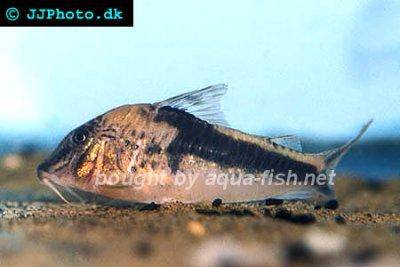


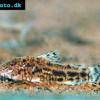 Aspidoras
Aspidoras 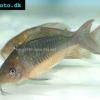 Giant
Giant 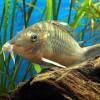 Hognosed
Hognosed 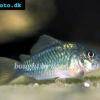 Emerald
Emerald 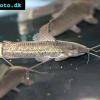 Cascarudo
Cascarudo 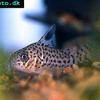 Acre
Acre 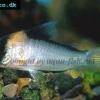 Adolfo’s
Adolfo’s 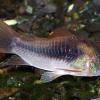 Bronze
Bronze 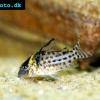 Agassizii’s
Agassizii’s 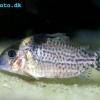 Spotted
Spotted 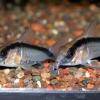 Skunk
Skunk 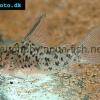 Corydoras
Corydoras 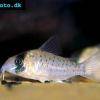 Fairy
Fairy 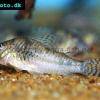 Corydoras
Corydoras 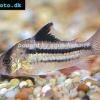 Pink
Pink 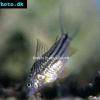 San
San 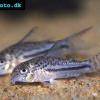 Bond’s
Bond’s 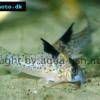 Spotted
Spotted 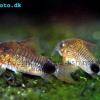 Tailspot
Tailspot 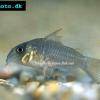 Concolor
Concolor 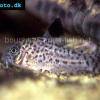 Cope’s
Cope’s 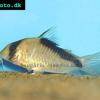 Sand’s
Sand’s 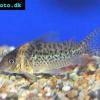 False
False 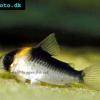 False
False 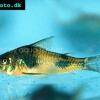 Ehrhardt’s
Ehrhardt’s 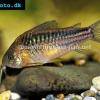 Elegant
Elegant 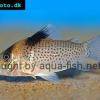 Saddle
Saddle 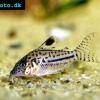 Gomezi
Gomezi 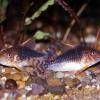 Palespotted
Palespotted 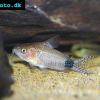 Guapore
Guapore 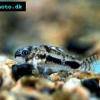 Dainty
Dainty 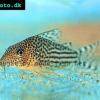 Mosaic
Mosaic 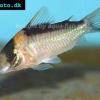 Imitator
Imitator 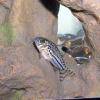 Julii
Julii 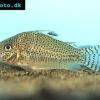 Leopard
Leopard 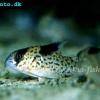 Black
Black 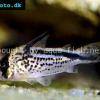 Slant-bar
Slant-bar 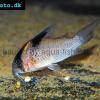 Bluespotted
Bluespotted  False
False 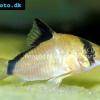 Bandit
Bandit 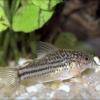 Mini
Mini 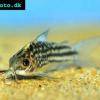 Napo
Napo 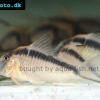 Corydoras
Corydoras 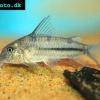 Blue
Blue 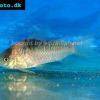 Nijssen’s
Nijssen’s 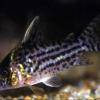 Ornate
Ornate 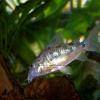 Peppered
Peppered 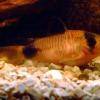 Panda
Panda 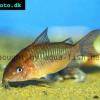 Albertini
Albertini 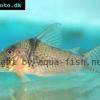 Pastaza
Pastaza 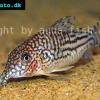 Corydoras
Corydoras 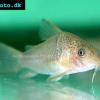 Many-spotted
Many-spotted 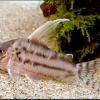 Pretty
Pretty 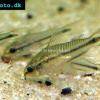 Dwarf
Dwarf 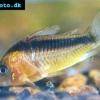 Iridescent
Iridescent 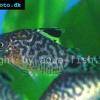 Reticulated
Reticulated 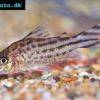 Bannertail
Bannertail 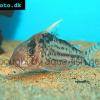 Robust
Robust 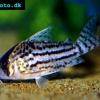 Schwartz’s
Schwartz’s 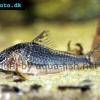 Black
Black 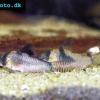 Longnosed
Longnosed 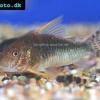 Seuss’
Seuss’ 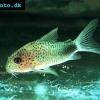 Smudge
Smudge 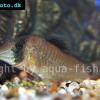 Masquerade
Masquerade 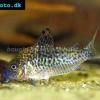 False
False 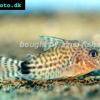 Millenium
Millenium 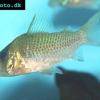 Pinkthroat
Pinkthroat 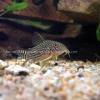 Sterba’s
Sterba’s 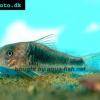 Longsnout
Longsnout 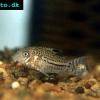 False
False 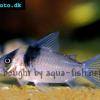 Miguelito
Miguelito 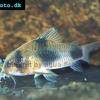 Twosaddle
Twosaddle 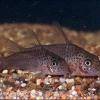 Xingu
Xingu 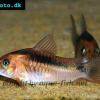 Black
Black 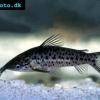 Porthole
Porthole 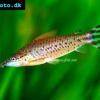 Flagtail
Flagtail 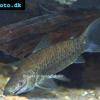 Brown
Brown 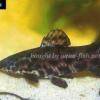 Spotted
Spotted